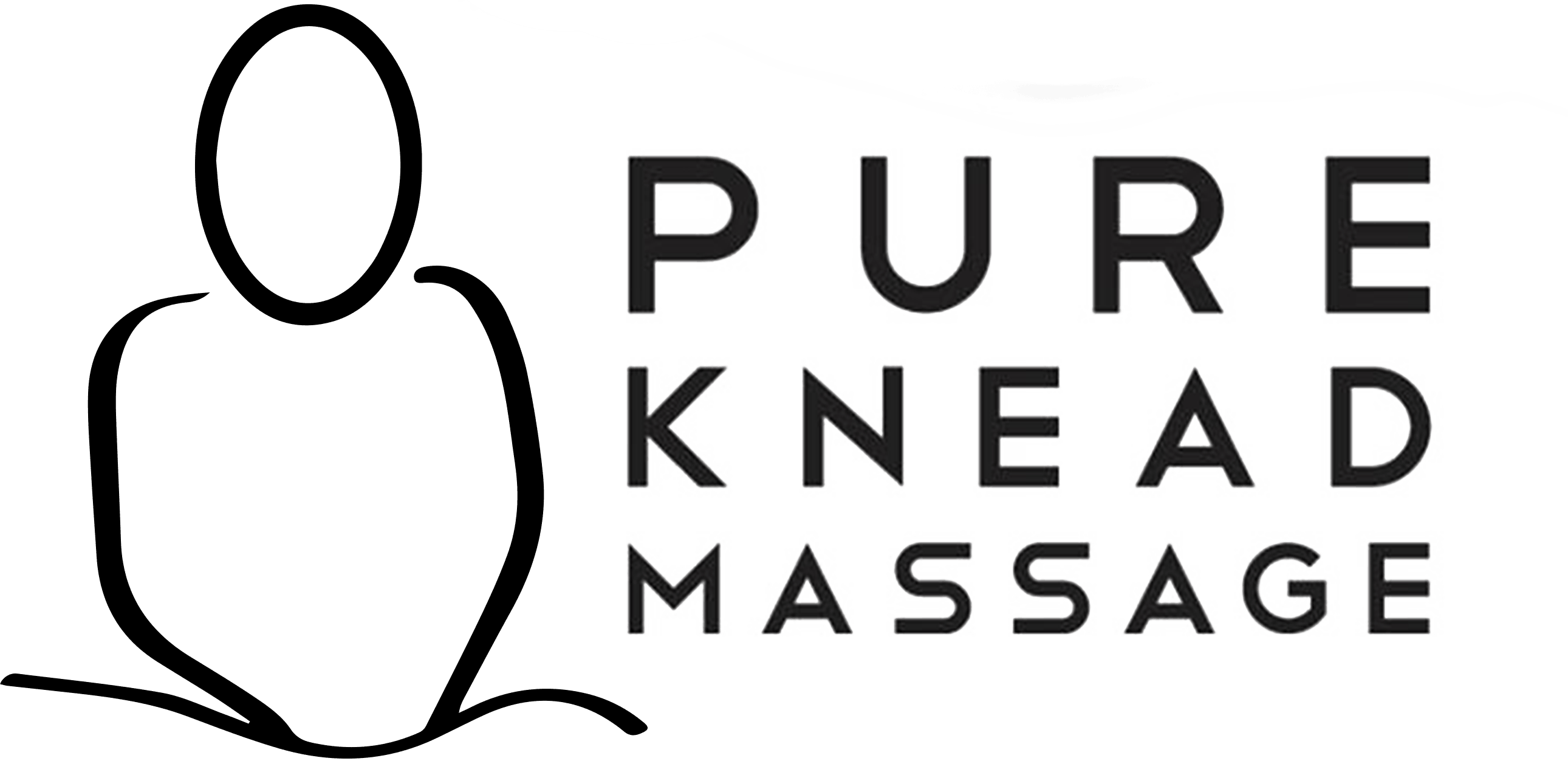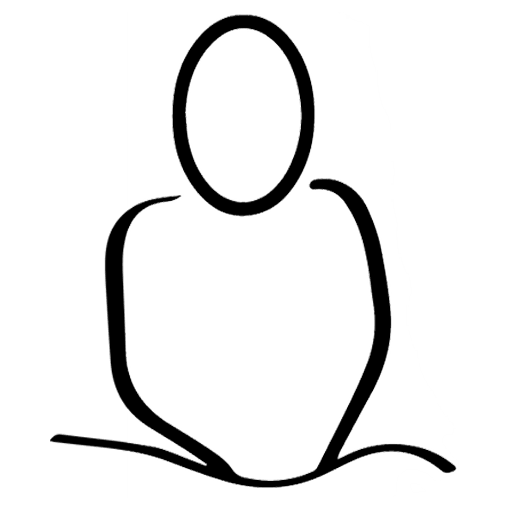
Neuromuscular therapy consists of alternating levels of sustained pressure on areas of the body experiencing muscle spasm. The pressure is usually applied using fingers, knuckles, or elbow and held for no longer than ten to thirty seconds. These muscles are usually painful to the touch due to the lack of blood flow to the area. When the muscle does not receive blood flow, it does not receive oxygen, causing the muscle to produce lactic acid, in-turn resulting in soreness following any physical activity. Once the muscle relaxes through neuromuscular therapy, the lactic acid leaves the muscle and begins to restore proper blood flow and oxygen to the region.
Pain can derive from many different sources. Lack of blood circulation contributes to muscle sensitivity and spasms from reduced oxygen. Trigger points, or “knots”, are formed over time and can create pain locally or in various parts of your body due to muscle strain. This feeling is similar to having a sudden onset headache stemming from a tight knot in the neck or shoulders. Unfortunately, over the counter medicine can no longer do anything at that point, and the only viable solution is manual manipulation that will release the knot.
Nerves can also become compressed due to pressure from muscles or bones. This is very common for people who work at a desk and remain in one position for extended periods of time. When the body remains in the same positions for hours at a time, nerves and muscles will eventually begin to tighten due to lack of blood flow. These nerves connect to various parts of our body and oftentimes create pain in multiple regions stemming from the same source.
Posture has a huge influence on muscle structure. Postural distortion can happen when a muscle imbalance occurs and causes your body to fall out of alignment. One way to check alignment is by standing in front of the mirror and visually analyzing both sides of your body. Are your shoulders level, or slightly off? What position is your pelvis tilted in? Do your feet point inward or outward? All of these postural distortions contribute to pain in the body. By restoring proper posture, you can help to eliminate pain caused by poor posture.
Neuromuscular treatments help to address the pain caused by these various sources such as: back pain, neck pain, carpal tunnel, fibromyalgia, scoliosis, knee, hip, or joint pain, cramps, strains, poor posture, tension, headaches, migraines, shoulder pain, and much more. Neuromuscular treatment works from the source of the pain to alleviate tension and muscle spasms.
You may hear someone refer to neuromuscular therapy as “trigger point myotherapy.” These trigger points are caused by a number of reasons such as: stress, anxiety, poor posture, pregnancy, automobile accidents, trauma, injuries, sleeping in the wrong position, exercise, job duties, and much more.
Once these trigger points are released through manual manipulation, the surrounding muscles can relax, relieving pain and helping to restore proper posture, body mechanics, and functionality to organs. Along with relieving aches and pains, neuromuscular therapy also helps to restore muscle balance and tone, relieve stress, induce relaxation, and aid in the restoration of total body health without the side effects of many modern medicine approaches.
Incorporating neuromuscular therapy into your routine can also be beneficial as a preventative method. This works by relaxing the muscle tissues, in-turn preventing muscle strains or tears, poor posture, and eliminating fatigue that is accompanied by chronic pain. This also helps to alleviate any pressure that may be placed on the joints, contributing to osteoporosis.
Due to the nature of this therapy, neuromuscular therapy might feel painful at first, but with sustained pressure, this massage will help alleviate the source of pain. However, it is extremely important to communicate with your practitioner at all points during the massage regarding the pressure or moves they are performing. The massage should never be overly painful, and most describe this therapy as the “good pain”.
In the days following a neuromuscular massage, you may feel some soreness, but this should dissipate within a few days with rest and hydration. The tight muscles should be noticeably looser in the following days and weeks.

